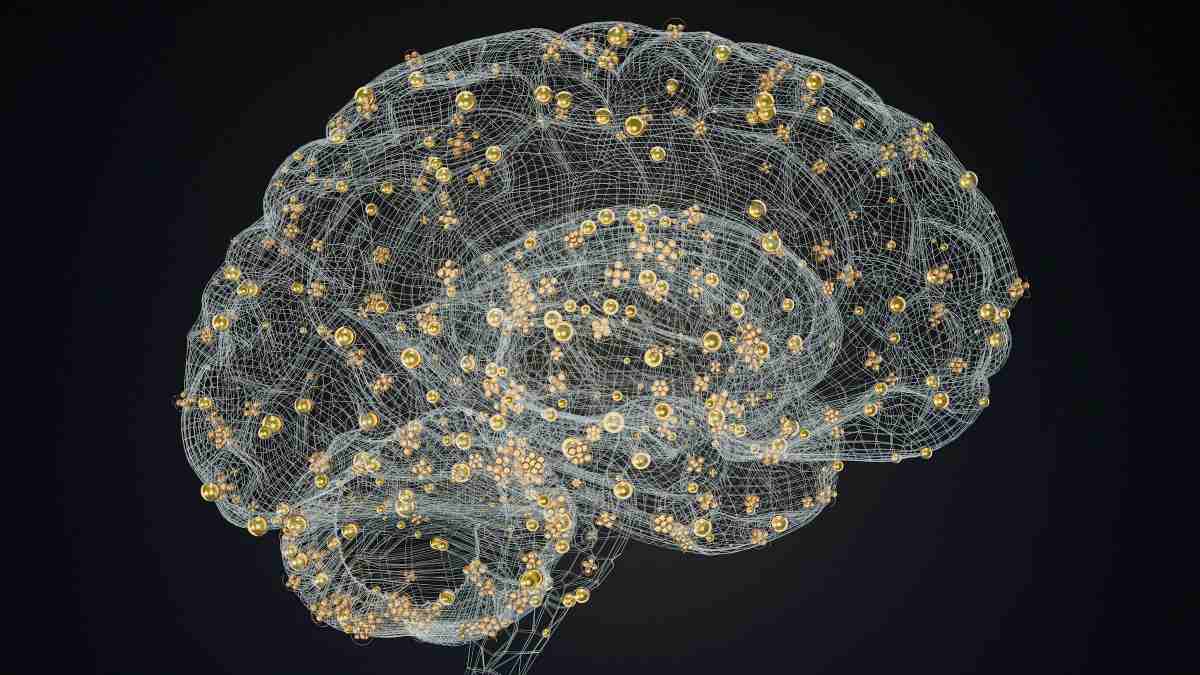I recently wrote about how children and adolescents who spend more time in digital environments than they do having real-world experiences. One of the more disturbing aspects of this trend is how neurotypical brains that are not exposed to critical experiences can produce the same symptoms we see in neurodivergent brains.
Studies have shown that neural connections are different in the brains of children with attention disorders—and that early functional changes (meaning those in brain networks, not visible in brain structures) may be precursors to the white matter changes that are plainly visible later on. In any brain, functional differences can become permanent if no one intervenes to change the environment and behaviors.
We can literally see the results in the intricate frontal lobe connections that appear on advanced neuroimaging scans. Kids who spend time in three-dimensional environments have rich connections between their frontal lobes and other parts of their brains. Kids who spend hours consuming digital content don’t. That difference has nothing to do with a diagnosis of ADHD or other cognitive disorder—the phenomenon exists independent of a diagnosis.
The Effect Starts Early
MRI scans show changes in the gray matter of children as young as 3 to 5 years of age who consume lots of digital content. The changes are notable in brain areas responsible for language development, reading, empathy, and other higher-order cognitive skills. Over time, as these children continue to truncate the time spent in real experience, we can expect to see the effects become even more pronounced.
One objective measure can be found in the working memory section of the Wechsler Adult Intelligence Scale (WAIS). Neuropsychologists use WAIS to evaluate many areas of cognitive ability; one section evaluates working memory, which is critical in the processes of decision-making, reasoning, and behavior. WAIS has been revised several times over the years, and with each edition, we can see the scores that are considered normal for different age groups, extrapolated from thousands of people who took the test.
The WAIS-R was released in 1981; at that time, the working memory raw score (number of correct responses) considered normal for teens ages 18-19 was 14. When WAIS-5 was released in 2024, the normalized raw score for that age group was 12.
A drop of two points over 40 years may not seem worrisome, but it’s a telling change—especially when you consider how much technology has intruded into teen lives in the second half of that period. What I see in patients today suggests that the decline is hastening, and the next normed score will show another drop, potentially even larger.
Intervening Earlier Is Better
We cannot wait until a child reaches adulthood and enters an advanced working world where executive functions are expected to be top of mind. We could better prepare our youth for adulthood if we integrated multi-faceted executive function into classroom settings throughout education.
Teachers and parents have observed the changes in children over the past decade; the data now confirms what we all can see. The good news is that, armed with this information, we can reverse the trend and get our kids’ brains back on track for developing the skills they need to succeed.
References
- Hutton, J.S., Dudley, J., DeWitt, T. et al. Associations between digital media use and brain surface structural measures in preschool-aged children. Sci Rep 12, 19095 (2022). https://doi.org/10.1038/s41598-022-20922-0
- Bos, D.J., Oranje, B., Achterberg, M., Vlaskamp, C., Ambrosino, S., de Reus, M.A., van den Heuvel, M.P., Rombouts, S.A.R.B. and Durston, S. (2017), Structural and functional connectivity in children and adolescents with and without attention deficit/hyperactivity disorder. J Child Psychol Psychiatr, 58: 810-818. https://doi.org/10.1111/jcpp.12712
This article originally appeared on Psychology Today.



